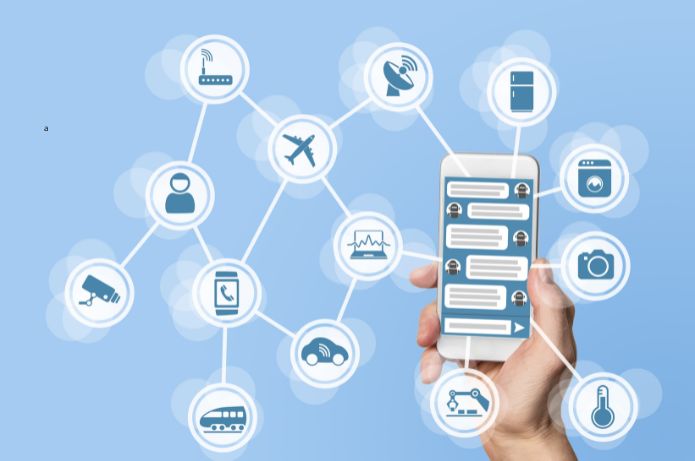Definition:
Reverse Logistics is the planning process, implementation and control of the efficient and economical flow of raw materials, work in progress, finished products and related information, from the point of consumption to the point of origin, with the purpose of recapturing value or carrying out an appropriate disposal
Description:
Reverse Logistics is a component of the supply chain that deals with the movement of products and materials in the opposite direction to the traditional, that is, to the manufacturer or distributor. This process involves the collection, triage, reprocessing and redistribution of used products, components, and materials
Main components:
1. Collection: Gathering of used products, damaged or unwanted
2. Inspeção/Seleção: Avaliação do estado dos produtos retornados.
3. Reprocessing: Repair, remanufacturing or recycling of items
4. Redistribution: Reintroduction of recovered products into the market or proper disposal
Goals:
– Recover value from used or damaged products
– Reduce environmental impact through reuse and recycling
– Comply with environmental regulations and producer responsibility
– Improve customer satisfaction through efficient return policies
Application of Reverse Logistics in E-commerce
Reverse Logistics has become a crucial part of e-commerce operations, directly impacting customer satisfaction, operational efficiency and sustainability. Here are some of the main applications
1. Return management
– Facilitates the product return process for customers
– Allows for fast and efficient processing of refunds
2. Recycling and reuse of packaging
– Implement return programs for packaging recycling
– Use reusable packaging to reduce waste
3. Product recovery
– Reprocess returned products for resale as "refurbished"
– Recovers valuable components from non-repairable products
4. Inventory management
– Reintegrate returned products into inventory efficiently
– Minimizes losses associated with unsold or damaged products
5. Sustainability:
– Reduces environmental impact through recycling and reuse
– Promotes an image of a responsible and sustainable brand
6. Regulatory compliance
– Complies with regulations on the disposal of electronic products and batteries
– Comply with extended producer responsibility laws
7. Improvement of customer experience
– Offers flexible and easy-to-use return policies
– Increases customer trust in the brand
8. Management of seasonal products
– Recovers and stores seasonal products for the next season
– Reduces losses associated with out-of-season items
9. Return data analysis
– Collect information on return reasons to improve products and processes
– Identify return patterns to prevent future issues
10. Partnerships with third parties
– Collaborate with companies specialized in reverse logistics for greater efficiency
– Use reverse distribution centers for centralized processing
Benefits for e-commerce:
– Increase in customer satisfaction and loyalty
– Cost reduction through the recovery of value from returned products
– Improvement of the brand image as environmentally responsible
– Compliance with environmental regulations
– Optimization of inventory management
Challenges:
– Initial costs of implementing reverse logistics systems
– Complexity in coordinating reverse flows with regular operations
– Need for staff training to handle reverse processes
– Difficulties in forecasting return volumes and capacity planning
– Integration of information systems to track products in reverse flow Reverse Logistics in e-commerce is not just an operational necessity, but also a strategic opportunity. When implementing efficient reverse logistics systems, e-commerce companies can significantly improve the customer experience, reduce operational costs and demonstrate commitment to sustainable practices. As consumers become more aware of environmental issues and demand more flexibility in online shopping, reverse logistics becomes a crucial competitive differentiator in the e-commerce market











